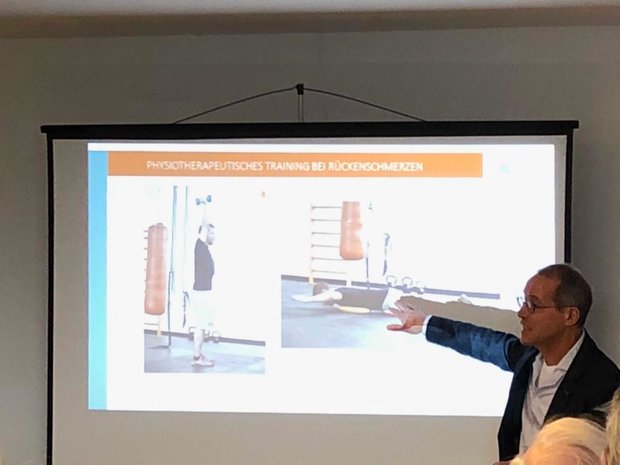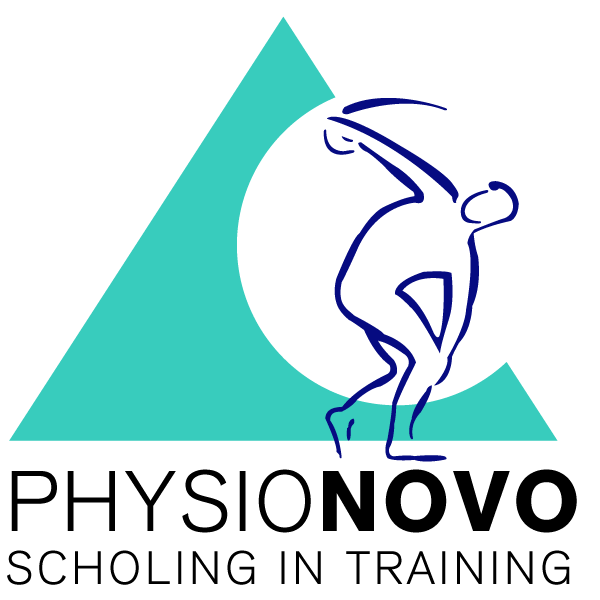Nederland
Physionovo richt zich op (para-)medisch gebied vooral op fysiotherapeuten, ergotherapeuten,
Oefentherapeuten Mensendieck en Cesar (NL), kinesitherapeuten (B) en artsen die zich willen bekwamen in de motorische diagnose.
Het cursusconcept PhysioNovo wordt momenteel grondig herzien wat betreft opzet en inhoud. Gezien de vele actuele publicaties met betrekking tot motoriek en rugpijn zal dit herziene concept een nog bredere wetenschappelijke basis hebben. Bovendien wordt hard gewerkt aan een verbreding van de praktische toepasbaarheid van het concept bij de algemene revalidatie van rugpatiënten maar zeker ook bij sporters met rugpijn.
Daarnaast verschijnt bij Springer Nature Verlag een boek (streefdatum maart 2023) waarin het vernieuwde concept theoretisch uitvoerig beschreven en praktisch uitvoerig behandeld wordt.
Ik verwacht dit geheel herziene en geactualiseerde concept binnenkort weer voor accreditatie aan te bieden aan de nederlandse beroepsverenigingen Fysiotherapie portaal; Stichting: Keurmerk Fysiotherapie therapeutenregister, het kwaliteitsregister ADAP (accreditatie deskundigheidsbevorderende activiteiten paramedici) en het KNGF (Koninklijk Nederlands Genootschap voor Fysiotherapie.
België
Het cursusconcept PhysioNovo wordt momenteel grondig herzien wat betreft opzet en inhoud. Gezien de vele actuele publicaties met betrekking tot motoriek en rugpijn zal dit herziene concept een nog bredere wetenschappelijke basis hebben. Bovendien wordt hard gewerkt aan een verbreding van de praktische toepasbaarheid van het concept bij de algemene revalidatie van rugpatiënten maar zeker ook bij sporters met rugpijn.
Daarnaast verschijnt bij Springer Nature Verlag een duitstalig boek (streefdatum 1 september 2022) waarin het vernieuwde concept theoretisch uitvoerig beschreven en praktisch uitvoerig behandeld wordt.
Ik hoop dit vernieuwde concept binnenkort weer voor accreditatie aan te bieden bij de Belgische beroepsvereniging Pro-Q-Kine.

Duitsland
De PhysioNovo-cursus wordt in Duitsland met 17 punten gewaardeerd. Aangezien er voor paramedische beroepen geen kamerstelsel naar het voorbeeld van het stelsel voor artsen en tandartsen bestaat dat verantwoordelijk is voor de certificering van de bijscholing, moeten de cursisten de bijscholingspunten zelf aanvragen bij de verantwoordelijke ziektekostenverzekeraars. PhysioNovo zorgt voor de nodige documenten.
PhysioNovo volgt strikt de richtlijnen die in de contracten met de ziektekostenverzekeraars zijn overeengekomen. Zowel de docent als de bijscholingsinhoud van PhysioNovo voldoen in hoge mate aan alle voorwaarden en kwaliteitscriteria die door de ziektekostenverzekeraars worden gesteld.
Aangezien PhysioNovo zelf de puntentelling volgens de richtlijnen en kwaliteitscriteria heeft uitgevoerd, is het aanvragen van de trainingspunten voor de deelnemers slechts een formaliteit.






